
19.02.2018
Based on the curatorial practice of Frederico Morais and Walter Zanini, Ana Paula Lopes reflects on curation as an event in response to the times of dictatorship in the ’60s and ’70s in Latin America.
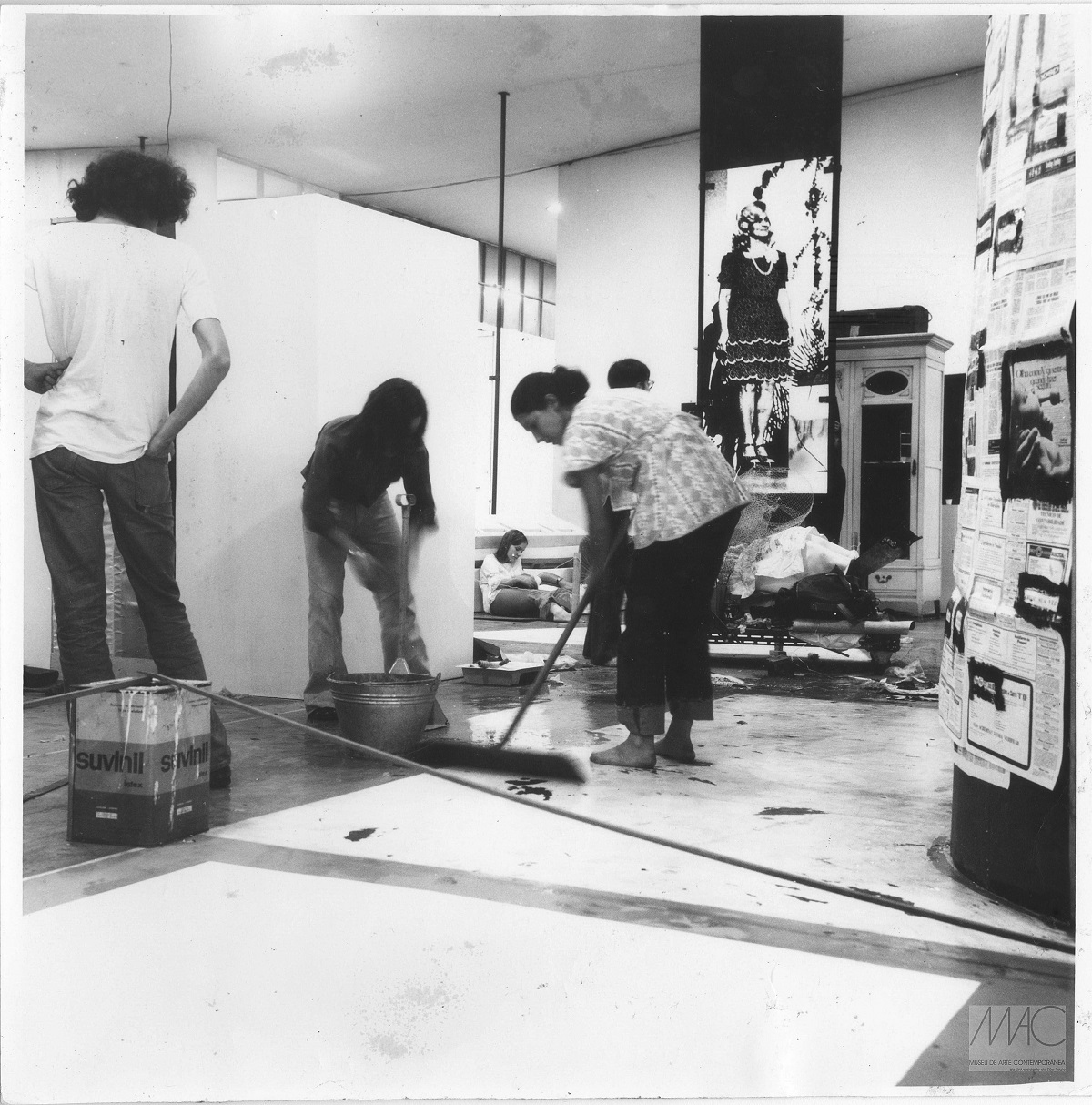
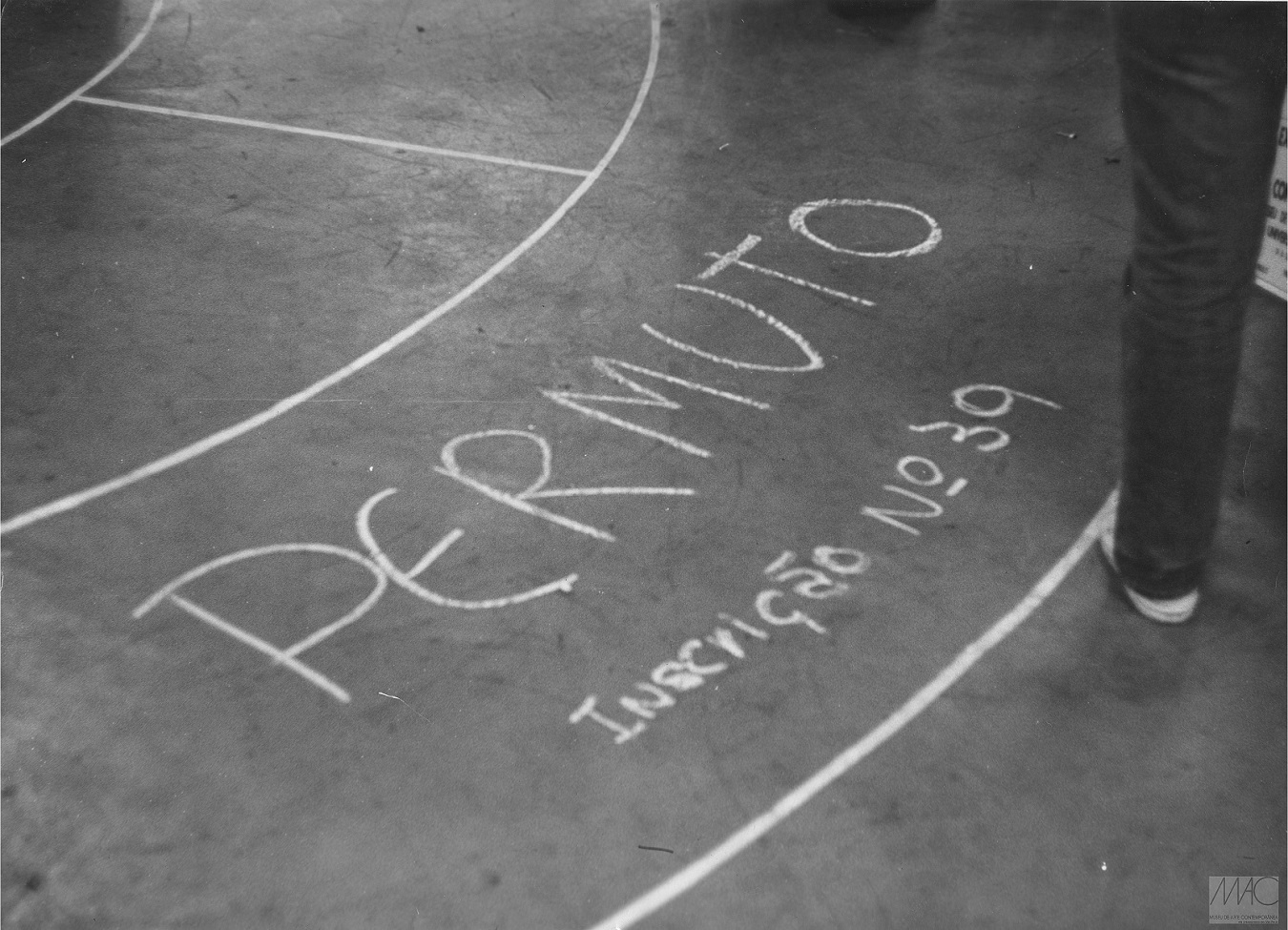
Curation as an Occurrence
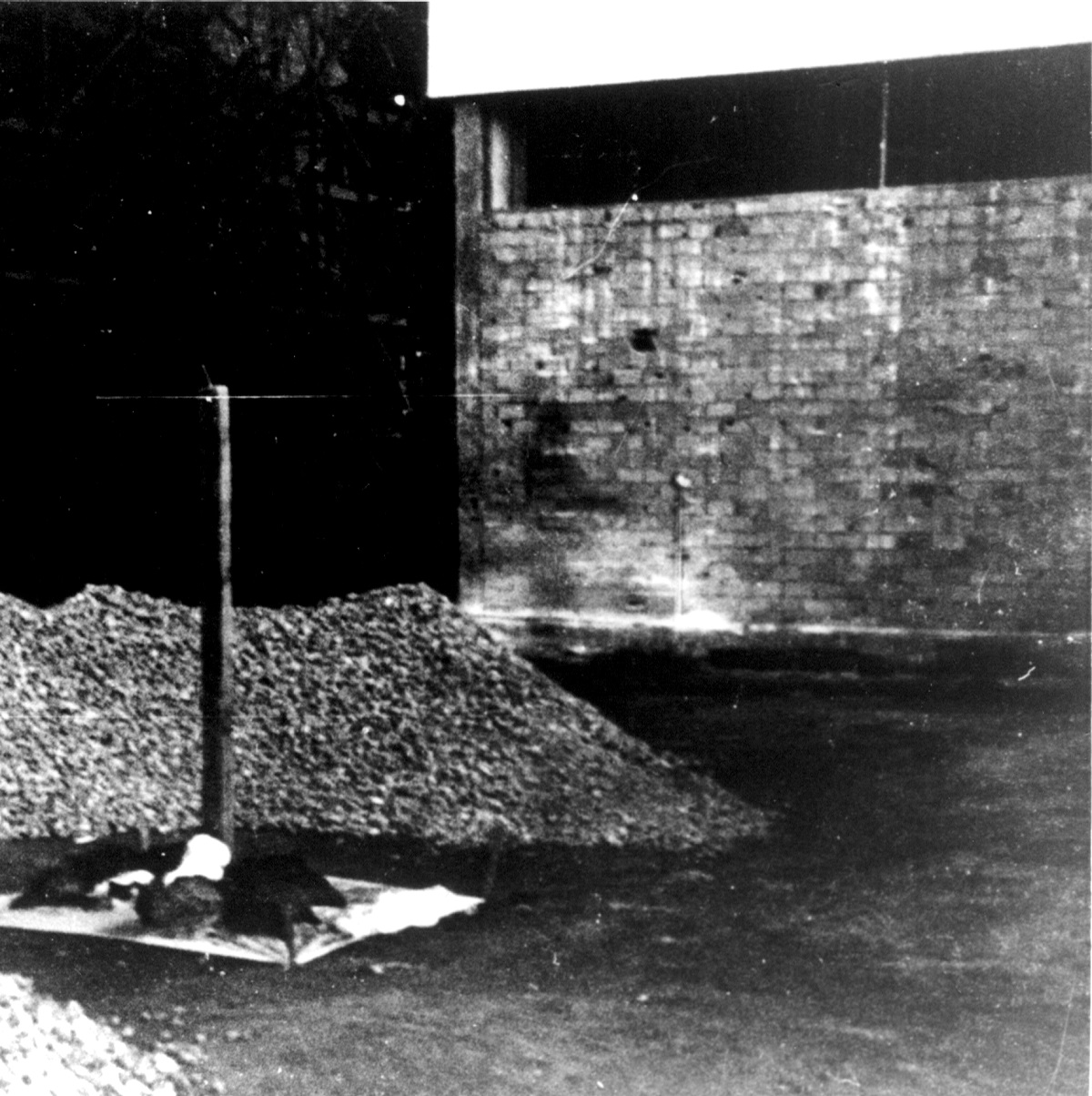
However, the interwar period or the period of Latin American dictatorships (1960s-1980s) forced us to work in a state of alert due to authoritarianism, repression, and scarcity.
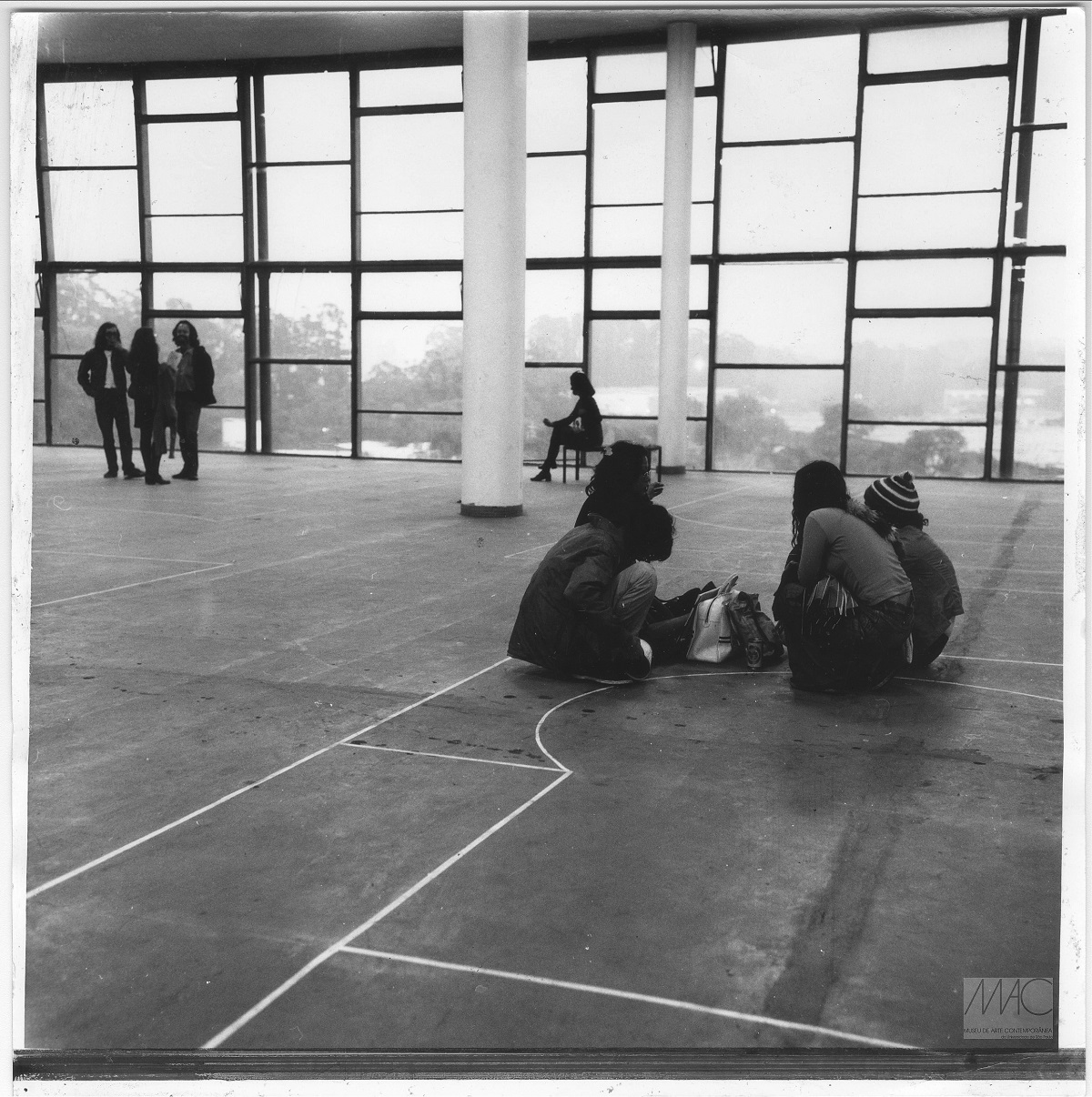
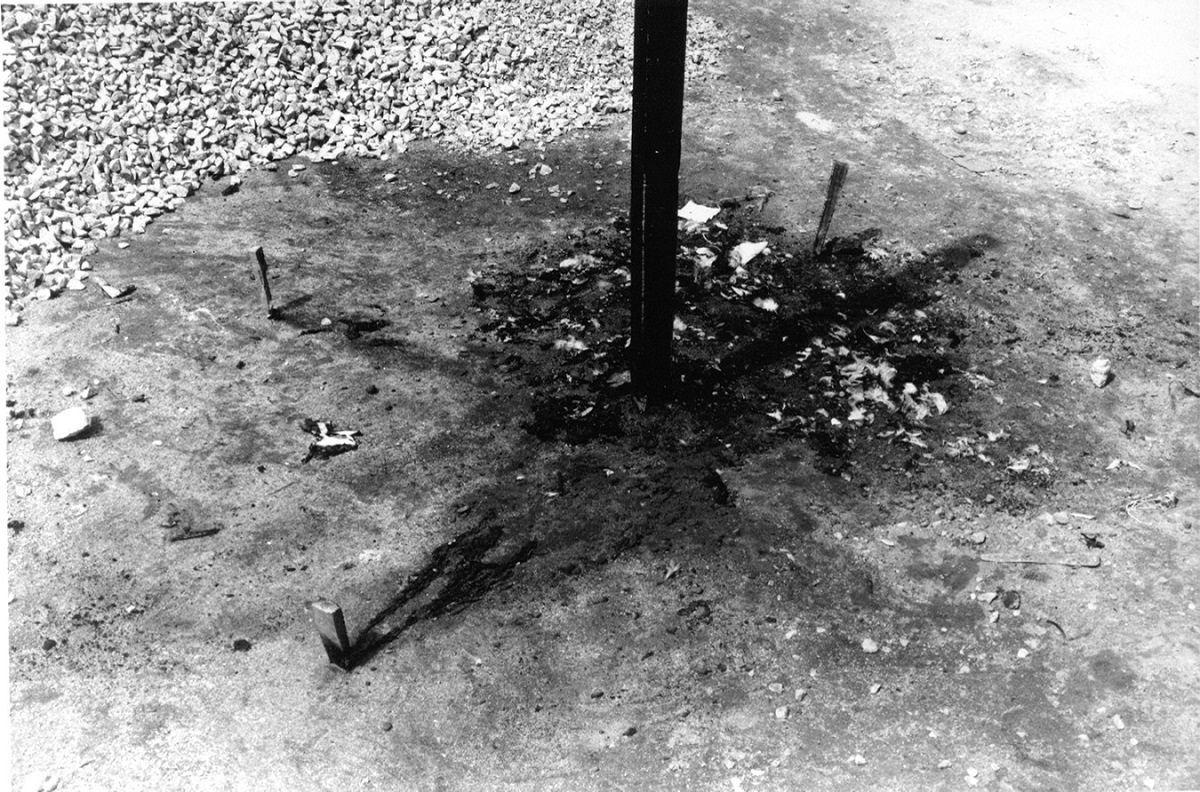
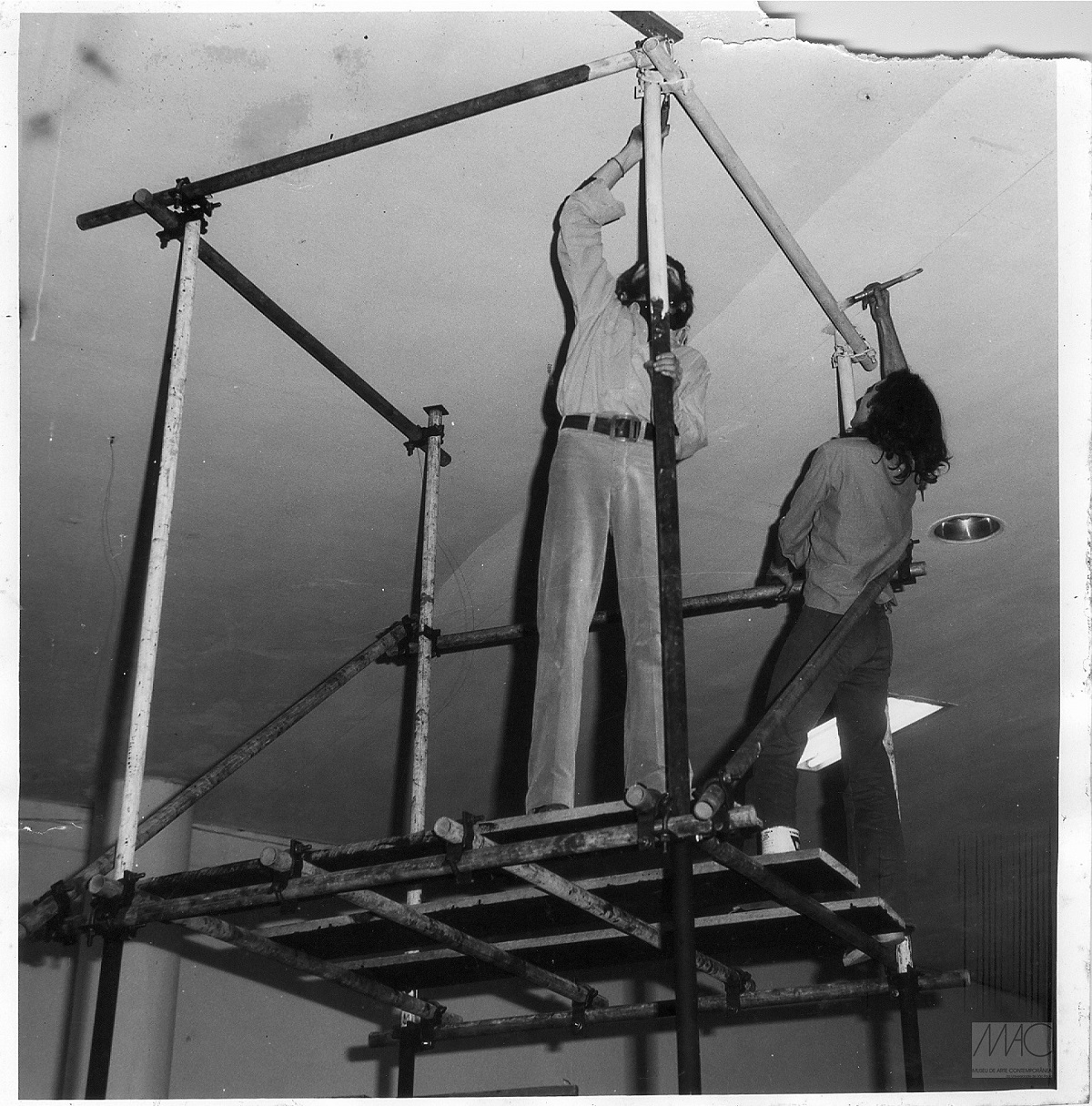
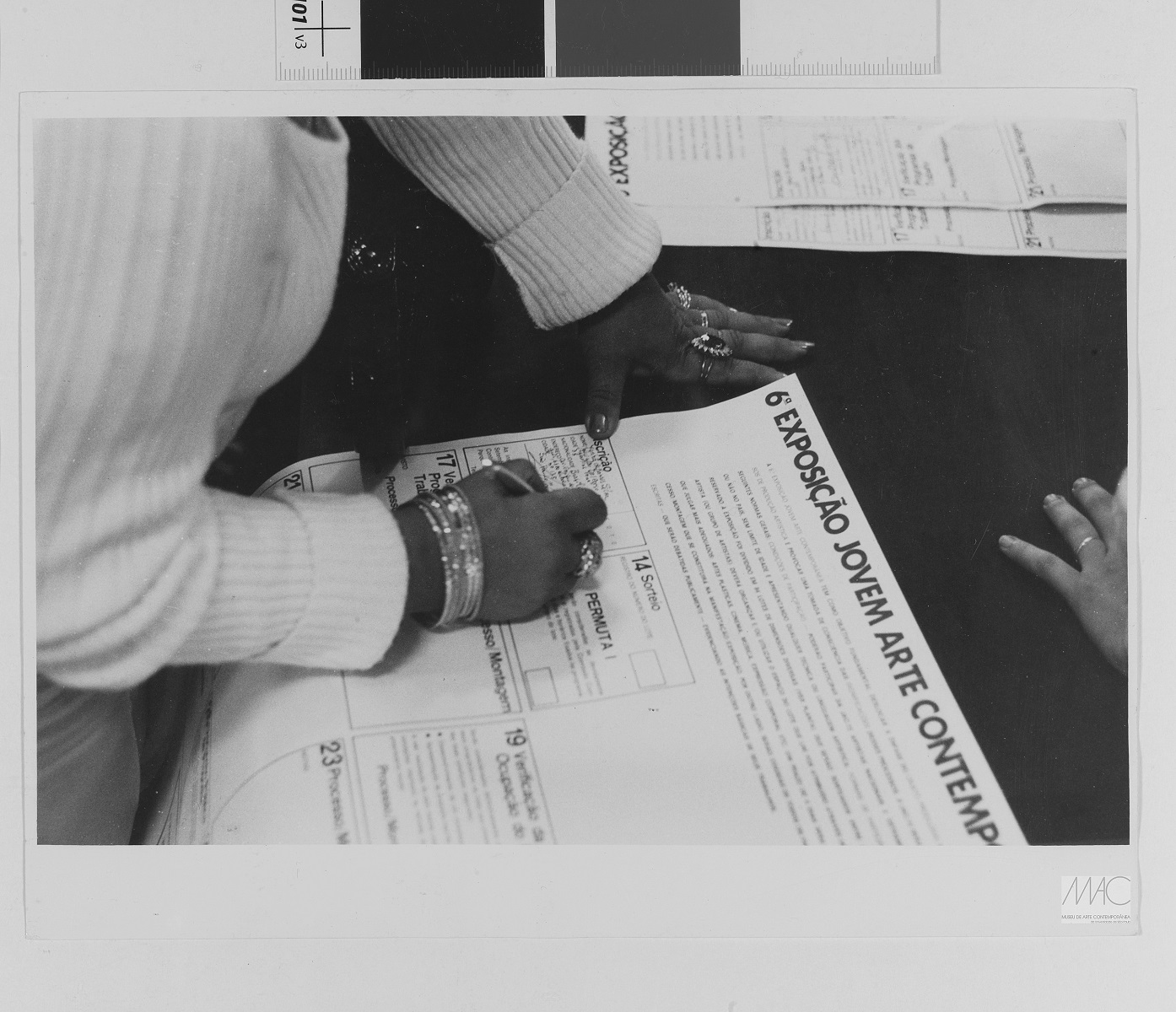
Bakhtin, Mikhail. A cultura popular na Idade Média e no Renascimento. (São Paulo: Universidad de Brasilia, 1987), p. 238, 239.
Néstor García Canclini. Culturas Híbridas. Estrategias para entrar y salir de la modernidad, p. 37.
Hans Ulrich Obrist. Una breve historia de la curaduría. Prefácio Nessia Leonzini. São Paulo: Bei, 2010.
Milton Santos. A Natureza do Espaço: Técnica e Tempo, Razão e Emoção (São Paulo: EDUSP, 2006), p. 94.
Hans Ulrich Obrist. Ibid., p. 16.
Milton Santos. Natureza do Espaço, Técnica e Tempo, Razão e Emoção, 1996. p. 94, 96.
Frederico Morais, “Frederico Morais, crítico e criador,” Sitio Arte Brasileira, Diciembre 8, 2012, https://artebrasileirautfpr.wordpress.com/2012/12/08/frederico-morais-critico-e-criador/
Wolfgang Pfeiffer, Em campo aberto. Catálogo 6ª Exposição Jovem Arte Contemporânea Museu de Arte Contemporânea da Universidade de São Paulo. 1972.
At that time in Brazil, the term “curation” did not exist. Instead, the term “exhibition organization” was applied to the organization of shows that art critics or academics held in museums, cultural spaces and galleries.
M.A. Ribeiro. Entrevista con Frederico Morais, A Arte Nao Pertenece a Ninguém. UFMG, Belo Horizonte, V. 20, n.1, p.336-351, enero/junio, 2013.
Dária Gorete Jaremtchuk, Jovem Arte Contemporânea en MAC-USP (Tesis de maestria en la Universidad de São Paulo, 1999), p. 4.
Angélica Morais, “Morre Mestre Zanini,” Revista Select, enero 29, 2013.
Catálogo 6ª Exposição Jovem Arte Contemporânea, Museu Arte Contemporânea da Universidade de São Paulo, 1972.
Ibid.
Walter Zanini. Novas Potencialidade. Catálogo 6ª Exposição Jovem Arte Contemporânea, 1972.
Walter Zanini. Ibid.
I would like to point out parallel artistic production outside Brazil that the group Escena Avanzada began developing in 1973 during the Chilean military dictatorship. Their production, as critic and curator Nelly Richard has mentioned, belonged to the “unofficial field” of Chilean art, located beyond the historiographical categorizations of art. Escena Avanzada was founded by the artists Carlos Leppe, Eugenio Dittborn, Catalina Parra, Carlos Altamirano, the group Cada (made up of Diamela Eltít, Raúl Zurita, Lotty Rosenfeld, Juan Castillo, and Fernando Balcells), and Juan Dávila, among others. The group formulated new methods of artistic production, experimenting, in words of Richard: “[with] the displacement of techniques, the suppression of genres, and the translation of artistic expression to the living body (performance) and the city (interventions).” By taking to the extreme “questions about the conditions and limits of artistic practice,” they developed a framework for confronting a repressive regime.
Comments
There are no coments available.